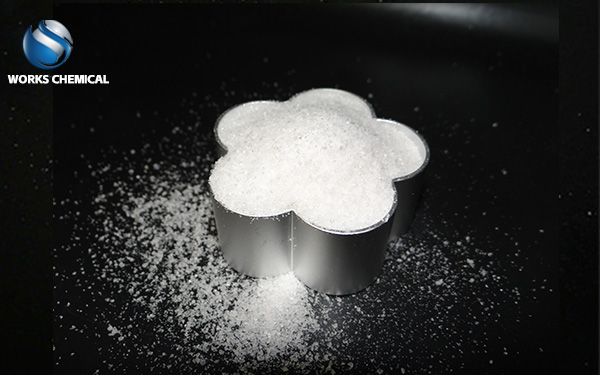
Sludge is a semi-solid or solid substance with different moisture content produced in the sewage purification process of sewage treatment plant. As the final product of water treatment, sludge has complex composition, high moisture content, high organic matter content, bacteria, sediment particles, fibers, organic matter, heavy metals and other components, making it difficult to dehydrate and easy to smell. Simple treatment or random disposal will cause waste of resources and environmental pollution.

The moisture content of sludge is generally 90% ~ 99%, and dehydration reduction is an important link to reduce the cost of sludge follow-up treatment and improve the efficiency of sludge treatment. The use of organic sludge conditioner can help treat the sludge, so that its moisture content is reduced from more than 90% to 40%-60%, and the sludge reduction is fully realized.
Sludge conditioner, also known as dehydrating agent, can be divided into two categories: inorganic conditioner and organic conditioner. The inorganic conditioner is generally suitable for the vacuum filtration and plate and frame filtration of the sludge, while the organic conditioner is suitable for the centrifugal dehydration and belt pressure filtration dehydration of the sludge compared with the inorganic conditioner.
The principle of organic sludge conditioner is to build a skeleton inside the sludge to maintain a fluid channel, reduce the interfacial tension between solid and liquid, so that the water contained in the sludge floc grid can be released, which is conducive to the depth of water in the sludge. At the same time, due to the reduction of interfacial tension, the shear resistance and rheology of the sludge floc are reduced, so that the energy consumption of the operation process such as mixing and mixing is reduced, the dosage is less, and there is no corrosion, and it can be widely used in the dewatering treatment of sludge in various industries such as living, printing and dyeing, papermaking, electroplating, chemical industry, leather and so on.